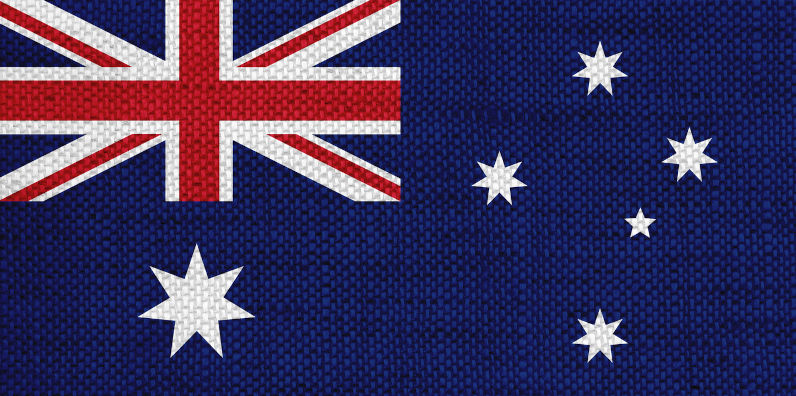Twelve months since the launch of the Albanese Government’s new cultural policy, REVIVE, it’s time we promoted Australia’s heritage of folklife.
In 1976, America’s Bicentennial Year, President Gerald Ford signed into law the American Folklife Preservation Act, which established the American Folklife Centre in the Library of Congress. The aim of the Centre is to carry out research and archiving concerning the ‘traditional expressive culture’ of the American people, in all their diversity. Intertwined with the American Folklife Centre is the Smithsonian Centre for Folklife Programs and Cultural Heritage. The Smithsonian’s first Festival of American Folklife in 1967 was held on the National Mall in Washington DC, and provided much of the impetus for the creation of the American Folklife Centre. The 2024 Festival is entitled Indigenous Voices of the Americas, celebrating The National Museum of the American Indian.
Ten years after America’s Bicentennial Year, Australia was approaching its Bicentenary in 1988, and enthusiasm for folklife studies led to the commissioning by the Australian Government of the Australian Folklife Inquiry. Its extensive travel, research and final report (1987) were, alas, ignored by the Hawke Government, largely due to internal wrangling within the Labor Party. I have written about this matter in my article Getting it Wrong About Culture, in Pearls and Irritations (29 May 2023).
I still think Australia needs a National Folklife Centre, a primary Recommendation from the 1987 Folklife Report. It reads (II:3) That the Government establish an Australian Folklife Centre, to provide a national focus for action to record, safeguard and promote Australia’s heritage of folklife.
I am particularly enthused for the Recommendation’s emphasis on a national focus for action to record our folklife. There are scattered programs all over Australia, all of great relevance to the study of folklife, such as The History Trust of South Australia’s South Australian Stories Survey Initiative and Ballarat’s Centre for Rare Arts and Forgotten Trades. Australia’s only Professor of Folklife Studies, Emeritus Professor Graham Seal (Curtin University, WA) manages the online Australian Folklore Network which connects researchers and runs an annual conference in Canberra. Many talented individuals such as Rob Willis (NSW) are prolific researchers, particularly for the Oral History and Folklore Section of the National Library of Australia. There are many other activities, not least the more than 30 annual folk festivals around Australia, which feature mainly music and dance.
What of the Albanese Government’s new cultural policy, Revive, launched at the beginning of 2023? On 14 March 2024, Minister Tony Burke issued a media release examining twelve months of implementing Revive. The actions described are impressive, with ten major achievements, and two ‘additional’ ones. I would also consider these as major, since they refer to restoring funding to Australia’s nine national cultural institutions and securing the long-term future of Trove, the National Library’s wonderful collaborative online research portal.
I am disappointed however that too many of the achievements listed in Minister Burke’s 2024 reprise deal mainly with arts or entertainment. Apart from the commendable initiatives for First Nations such as support for indigenous languages and repatriation of cultural heritage material, little attention is given to culture itself. I have already given in my May 2024 article here my preferred definitions of culture as reflecting distinctive ways of life, and knowledge and meanings. There is little attention to culture as such, and particularly, a lack of attention to folk culture, the culture of everyday life, particularly concerning immigrant communities in Australia.
Migration and multiculturalism are a very real part of our Australian existence today. The Department of Home Affairs lists the top ten countries providing permanent migrants to Australia for 2022-23 as India, China, Philippines, Nepal, United Kingdom, New Zealand, Vietnam, South Africa, Pakistan and Sri Lanka. The largest cohorts are England, India, China and New Zealand. In terms of numbers, on 31 October 2023 the Australian Bureau of Statistics issued its latest estimate of Australia’s population born overseas as 7.7 million in 2022, just below 30% of our total population of 26 million.
How much do we know about the customs, beliefs, rituals, humour, stories and celebrations of this incredibly diverse population? And it’s not all pretty costumes, dance and music. Some aspects of these varied cultures are obnoxious, such as female genital mutilation, honour killing and repression of women. How much does our immigrant population know about problematic aspects of folk culture among the Anglo majority, such as historic threads of racism, or sadly, even how to safely handle our beach culture? What’s needed is research, research, research.
It wouldn’t be hard to establish a National Folklife Centre in one of our collecting institutions: in 1987 both the National Library and the National Museum were interested in the possibilities. All that’s needed to establish a program similar to the Nordic Folklore Institute (Denmark) or the Irish National Folklore Collection (for example) is a modest injection of dedicated funds.

Gwenda Beed Davey
Dr Gwenda Beed Davey AM PhD (Monash)
Gwenda Beed Davey has taught in cultural studies at both Monash and Deakin Universities. She was made a Member in the Order of Australia for services to the protection and preservation of folklore and folklife in Australia. She has been a Harold White Fellow at the National Library of Australia. She is also a Honorary Associate of Museum Victoria.
